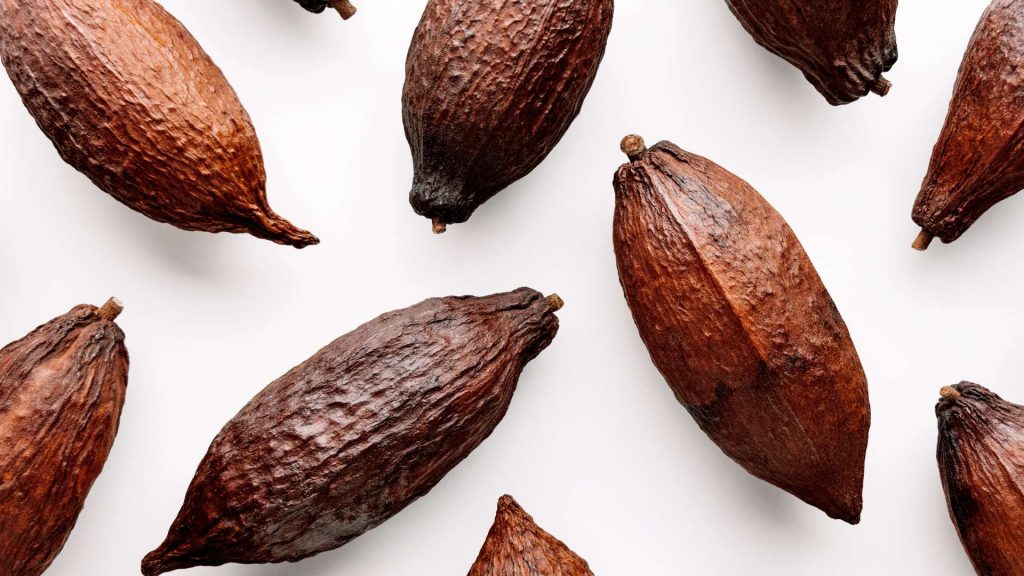Every February 14, people around the world exchange flowers, cards, and especially chocolate to express love and affection. But have you ever wondered why chocolate became the symbol of Valentine’s Day, or even when chocolate was invented in the first place? Let’s dive into some sweet and surprising facts behind this beloved tradition.
When was Chocolate Invented?
Chocolate has a history that stretches back thousands of years — long before it became the silky, sweet treat we enjoy today. The earliest records of chocolate consumption date to around 1900 B.C., in the ancient Mesoamerican civilizations, particularly the Olmecs, Mayans, and Aztecs.
Back then, chocolate wasn’t eaten as a solid candy bar. It was consumed as a bitter, frothy drink made from crushed cacao beans, mixed with spices or chili. This ancient beverage was considered sacred — often used in religious ceremonies, royal feasts, and even as currency.
Who Invented Chocolate?
So, who invented chocolate as we know it today? While no single person can be credited with its creation, it is said that the ancient Mayans were among the first to make cacao a part of daily life, calling it the “food of the gods.” Later, the Aztecs valued it so highly that cacao beans were used to pay taxes and tribute to their rulers. When Spanish explorers arrived in the Americas in the 16th century, they brought cacao back to Europe. From there, chocolate evolved. Europeans added sugar and milk, transforming the once-bitter drink into a sweet indulgence — and eventually, the chocolate bar was born in the 19th century.
Why Chocolate Became the Symbol of Valentine’s Day
Chocolate’s connection to love began in Victorian England. In the 1800s, Richard Cadbury, the famous English chocolatier, created the first heart-shaped chocolate box for Valentine’s Day. This clever marketing idea forever linked chocolate and romance.
Since then, giving chocolates has become one of the most cherished Valentine’s Day traditions worldwide — symbolizing sweetness, affection, and the joy of sharing love.
Fun Facts About Chocolate and Valentine’s Day
- Over 58 million pounds of chocolate are bought during Valentine’s week every year.
- The world’s largest chocolate box weighed over 3,700 kilograms!
- Some historians believe that chocolate contains natural compounds that can boost mood and feelings of love.
- In Japan, it’s tradition for women to give chocolates to men on Valentine’s Day — and men return the gesture a month later on “White Day.”
- Dark chocolate is not only romantic — it’s rich in antioxidants and heart-healthy flavonoids.
A Sweet Reminder
Next time you unwrap a chocolate bar on Valentine’s Day, remember — you’re enjoying a treat with a 3,000-year-old love story. From the sacred cacao drinks of the Aztecs to the elegant gift boxes of today, chocolate has always been a symbol of connection, emotion, and joy. So whether you’re celebrating love, friendship, or simply your sweet tooth, chocolate is the perfect way to say “I care.”


